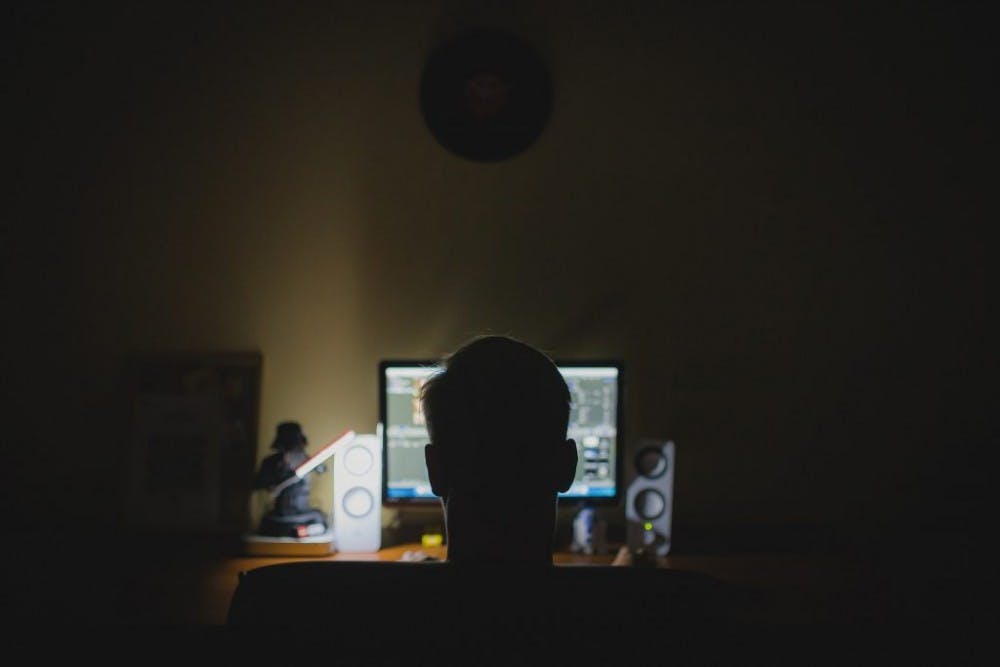Because these devices emit blue-shifted light that mimics sunlight, viewing them at night tricks our brain into thinking that it’s still daylight. As a result, we cannot fall asleep when we try to go to bed.
Such deleterious effects of electronic devices on health have been documented in scientific literature. One study showed that exposure to tablets before bedtime disrupts sleep and the sleep hormone, melatonin.
To put it in general terms, being constantly exposed to electronic devices at night is akin to being in a constant state of jet lag, in which the irregular light environments that we live in no longer follow the predictable, natural pattern of sunlight.
This is bad for our overall health, because we all have an internal biological clock that depends on predictable changes in the environment (light is the most important cue) in order to be calibrated each day.
f.lux is an app that tries to change this. It attempts to help our circadian rhythms health by decreasing blue-shifted light on the computer screens so that our brains will not be tricked into thinking that light from the computer is sun light.
The app is currently available for Windows and some Android smartphones, but not available for Apple devices. If you have an iPhone or iPad that runs iOS 9.3 or later, you can simply enable the ‘Night Shift’ mode in settings to get the same effect.
Since I work in a circadian rhythms research lab, I decided to give f.lux a try.
Installing the app is quite simple. I quickly found the app online through a Google search and downloaded it to my computer. I was relieved that the app was free and that it was not some random, shady scheme that tries to force me into giving away my credit card information.
Opening up the app and getting it started was pretty easy as well. I just had to enter in the time of the morning that I usually wake up at (8:00 - 9:00 a.m.) and the app was up and running.
During the day, the app did not alter anything on my computer — it functioned as normal. However, when evening came, the computer screen began to change, taking on a yellow-ish tint. It actually felt a lot easier to look at the computer screen because it no longer seemed as bright as before.
Magically, I do believe that f.lux does work. I begin to feel sleepy much earlier than before (11:00 p.m. vs 3:00 a.m.), and when I actually put my head on the pillow, I fall asleep right away. So did the f.lux app help to improve my sleep? Check yes.
However, f.lux does have some quirks that can still negate all of its benefits. For instance, because the computer screen no longer seems as bright, I found that the graphics displayed were sometimes more difficult to read.
Thus, f.lux allows you to “cheat” by disabling the app, either for an hour or all the way until morning. Sometimes, I found myself having to “cheat” quite a lot and therefore felt no effects. In other words, you can install and run the app but there’s no point if you keep disabling the app.
All in all, I would recommend that you try f.lux. The best thing about f.lux is that it is free, so you can try and test the effects on yourself. For me, f.lux works well, so I’ll keep using it.
























Please note All comments are eligible for publication in The News-Letter.